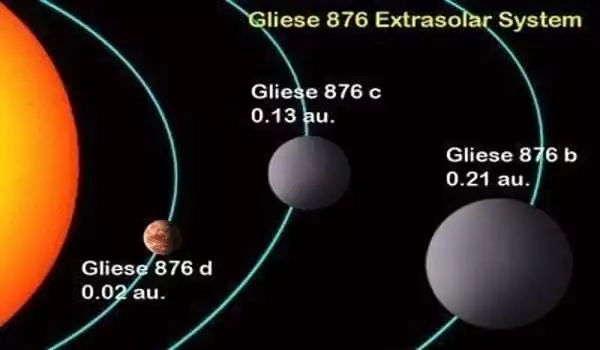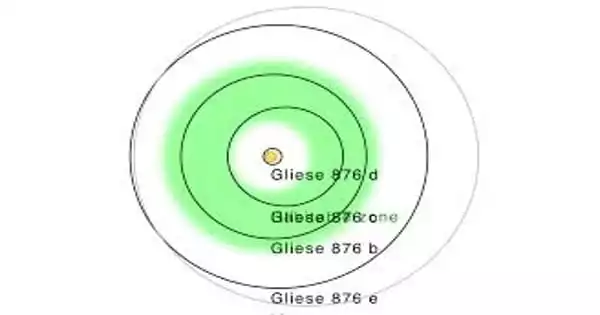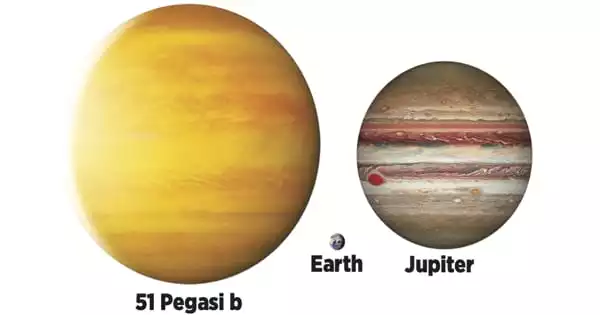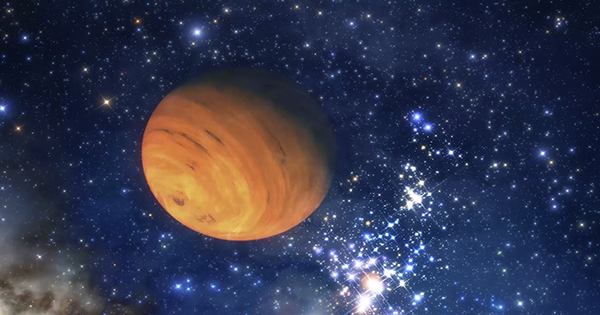Gliese 876 c is an exoplanet that takes about 30 days to complete an orbit around the red dwarf Gliese 876. It is a colony planet in the Gliese 876 System, 15.2 light-years from Earth. The planet was discovered in April 2001 and is the second closest to its star in the order of increasing distance.
Discovery
Gliese 876 was already known to be home to an extrasolar planet known as Gliese 876 b at the time of its discovery. On January 9, 2001, it was announced that further analysis of the star’s radial velocity had revealed the existence of a second planet in the system, which was designated Gliese 876 c. The orbital period of Gliese 876 c was discovered to be exactly half that of the outer planet, which meant that the radial velocity signature of the second planet was initially interpreted as a higher eccentricity of Gliese 876 b’s orbit.

Orbit and mass
Gliese 876 c has a 1:2:4 Laplace resonance with the outer planets Gliese 876 b and Gliese 876 e: for every orbit of planet e, planet b completes two orbits and planet c completes four. This causes strong gravitational interactions between the planets, causing the orbital elements to change rapidly as the orbits precess. This is the second known example of a Laplace resonance, the first being Jupiter’s moons Io, Europa, and Ganymede.
The orbital semimajor axis is only 0.13 AU, or about one-third of the average distance between Mercury and the Sun, and it is more eccentric than the orbits of any of the Sun’s Solar System’s major planets. Despite this, because Gliese 876 is an intrinsically faint star, it is located in the system’s habitable zone.
One limitation of the radial velocity method used to detect Gliese 876 c is that only a lower limit on the planet’s mass can be obtained. This is due to the fact that the measured mass value is affected by the orbit’s inclination, which is not determined by radial velocity measurements. However, in a resonant system like Gliese 876, gravitational interactions between planets can be used to determine their true masses. The inclination of the orbit can be determined using this method, revealing that the planet’s true mass is 0.72 times that of Jupiter.
Characteristics
Gliese 876 c is most likely a gas giant with no solid surface, based on its mass. Its radius, composition, and temperature are unknown because it was detected indirectly through its gravitational effects on the star. The planet is predicted to have a cloudless upper atmosphere if its composition is similar to Jupiter and its environment is close to chemical equilibrium.
Gliese 876 c is located on the outskirts of the system’s habitable zone. While the prospects for life on gas giants are unknown, a large moon of the planet may be able to provide a habitable environment. Unfortunately, tidal interactions between a hypothetical moon, the planet, and the star could destroy moons large enough to support life over the system’s lifetime. Furthermore, it is unknown whether such moons could form in the first place.
















